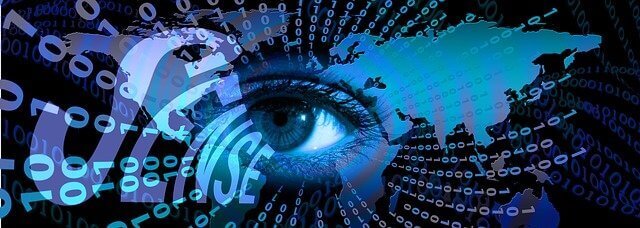In case you have heard of the name ‘Bank Trojan’ before but do not know anything about it, this article will enlighten you by shedding some light on it. So what is a Bank Trojan in the first place?
What Is A Bank Trojan?
This is a malicious computer program designed to access material or confidential information stored or processed through an online banking system.
This malicious program comes with a back door that allows other parties to access the computer system. It can also copy the credentials of the bank’s client by spoofing the bank’s login website.
A bank Trojan is a form of malicious Trojan horse malware that can appear as legitimate software until the user installs it on the computer system.
The malicious Trojan program then gains access to the files and procedures on the computer after it has been installed. The attackers who sent the malicious program uses these files to make unauthorized transactions or to steal the identity of the owner of the files.
They can also use it to make withdrawals from the owner’s accounts to the attackers’ accounts.
The bank Trojan can also redirect a client’s data to the attacker through a financial institution’s spoofed website.
What It Does
A bank Trojan redirects traffic from online banking and other financial sites to a different website accessed by a cybercriminal. The malicious software then copies itself onto the computer system after the user has executed it.
It then sets about creating folders and registries every time that the computer system is switched on. It then searches cookie files related to the user’s personal finance information stored on the computer by the financial websites that the user has visited.
The Trojan is also able to execute several operations, including running executable files and downloading files remotely. It can also send these files and steal information from clipboards as well as logging keystrokes.
The Trojan also collects cookies and passwords.
Prevention
Businesses and people should be careful about the files that they download, especially those from weird sources. Many financial institutions have been combatting this malicious program by increasing their authentication processes since haHow Does WhatsApp Make Money? Here Is Everything You Need To Know ha
Since the number of mobile and online banking has increased, it is essential to ensure that you are safe from such malicious programs.
- Update your software and system regularly
- Have employees trained on how they can detect when a Trojan has infected a computer
- Please install the latest antivirus and make sure to keep it updated all the time
- You and your employees must make sure to use safe browsers at all times
- Make use of traffic filters to help you detect hidden malware
- Use vulnerability scan to help you find your gaps or weak points
Conclusion
The bank Trojan is malicious software that can carry out its work quietly on your computer with the owner not knowing anything. You can spot its presence if you see that your computer seems to have become slow.
However, most of the time, there will be no symptoms as it carries out its work by stealing your financial files and scanning other documents that it has to scan. The attacker will then use these to steal your money from your accounts.
Now that you know about the bank Trojan and what it is capable of, I hope you would pay great attention to computer system protection, especially if you are someone who visits financial websites with your system.



